The Most Wonderful Thing About Springblade…
Yeah, I know, to most of you there is NOTHING wonderful about Springblade. Since the release almost two years ago there hasn’t been a neutral opinion about the technology – “I feel it”, “It doesn’t do anything”. One undeniable thing – it definitely gets people looking. So don’t get ahead of yourselves – adidas decided to lessen the blades on the Ignite and came up with a true example of less is more. Let’s get it…
Materials – Very simple upper – mesh with some fused overlays for support and durability. The materials are a little stiffer than a normal running shoe but no problems after a couple of wears – they break in and start folding in the right places. The three stripes, normally used as a support saddle along the midfoot, are just added onto the upper mesh here, providing nothing but weight. The tongue doesn’t say TechFit, but the materials and build are the same as the SpringBlade Drive, which was advertised as TechFit. There is another full foot inner sleeve that is comfy as always, keeping the thicker mesh shell from rubbing in any bad places. Should be durable for the long run (see?).
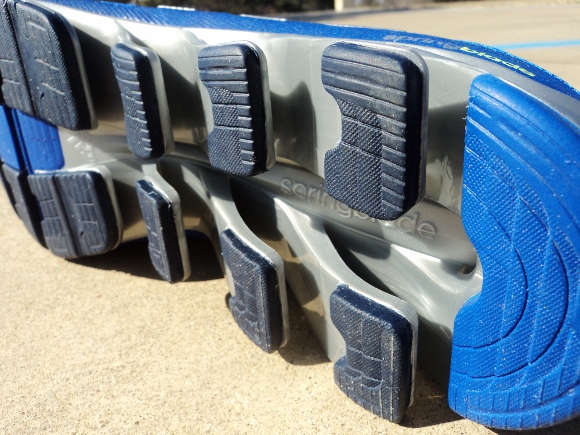
Cushioning – Here is the focus of the shoe, and the part I will spend the most words on. For those who have tried Springblade, you already know, there is no noticeable “boing” in those blades. To me, they compress and feel like a foam based shoe, which takes away everything the shoe is supposed to be about. Where the Blades help, to me, is longevity – the recovery of the polymer blades never lessens. The original pair I have still goes back to normal after every step. Foam will compress as the air in the materials dies. Air bags will pop or be too stiff. Gels eventually lose viscosity. But the blades, so far, keep bouncing. They flex very well, leading to a great transition, and can be used by neutral or mild pronators with little problems.
The forefoot is adiprene+ in an EVA carrier and honestly feels springier than the Springblades. Not quite as responsive as Boost (or the D.Lillard 1) but the forefoot has jus the right amount of solid push and then bounce for me. Probably my favorite part of the shoe.
Transition – Sorry, this is my favorite part of the shoe. For a mechanical cushioning system, the Ignite rolls easily into running pace. The Drives, with full length Blades, felt like work while running. They were good in sprints, but any distance and the positive of Blades – feeling each individual blade – became foot fatiguing and noticeable. By using the larger Blades in the rear of the shoe, the impact of straight up and down is easily handled, and the properties of “pushing” the foot forward become more possible. Didn’t say it happens, but it is more plausible as an idea. And with the solid base under the forefoot the runner can push off like a starter block while also changing directions without lag time or instability. Speaking of stability…
Stability – The heel is encased in a high-rising heel cup (wish the Lillard would have borrowed this) that comes up to the top of the third stripe. With the stiff mesh taking a bit to break in, the heel cup kept the shoe from slipping while running. Also, you might notice the height of the heel Blades – not exactly minimal. So any extra stability is welcome. I did mention this could be used for mild pronators, and I stand by it, but it is not a traditional support/stability shoe. More so about the Blades being individual and allowing the shoe to compress differently on each side.
Fit – Forefoot is cut normal to a little wide, so widefooters, rejoice. The midfoot and heel or dead on – no movement after an initial wear-in. I hate, HATE shoes that move and slide when I am trying to be athletic and stuff, and these were great in the heel. Again, I am trying to change my whole running gait. For years I was a heavy heel striker, then I figured out why I got shin splints all the time. Now I am moving hard into midfoot and forefoot strike, hitting more medium distances instead of long. The Ignite worked great for that new style.
One last word about performance before I go – traction. Like I said in the video, traction may not seem like much to casual runners, but for those of us who run in rain and snow/wet conditions, we know. Traction on this shoe is WAY less than desirable. Ice skates actually, on wet tile, sidewalk, road, or any hard surface. They dig in like cleats on softer ground though.
That’s about all I got. Again, this is my third pair of Blades, and so far my favorite. I know they aren’t for everyone, and I accept my style ain’t yo’ style. But if you liked the last Springblades, check these out. If you were thrown off by the look, check them out anyway. You won’t bounce like a ’65 Impala on Crenshaw (Doughboy reference) but you just may enjoy a technology you would otherwise never try.

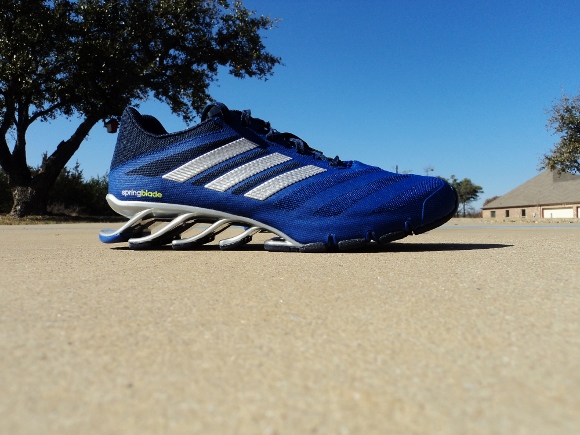
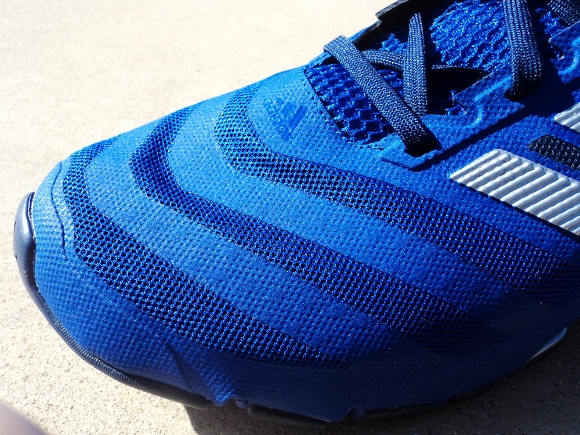
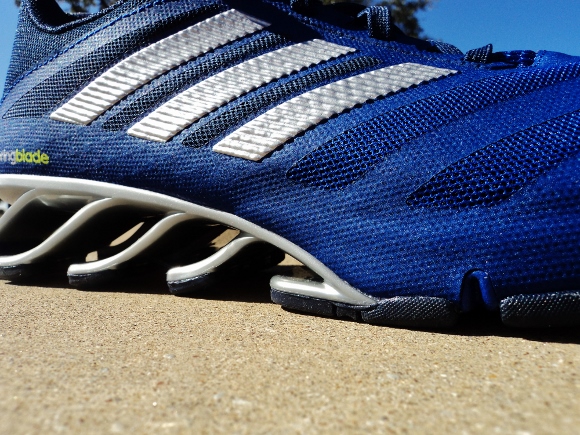
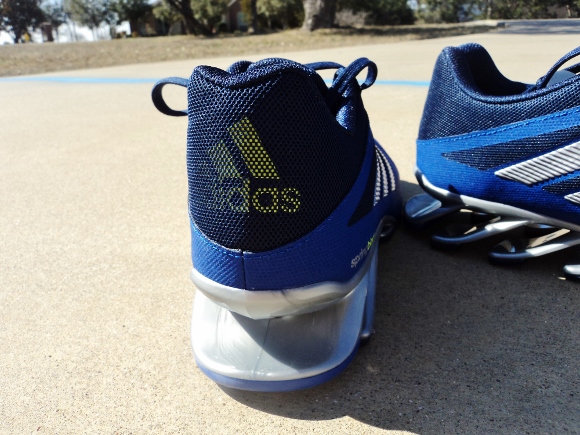
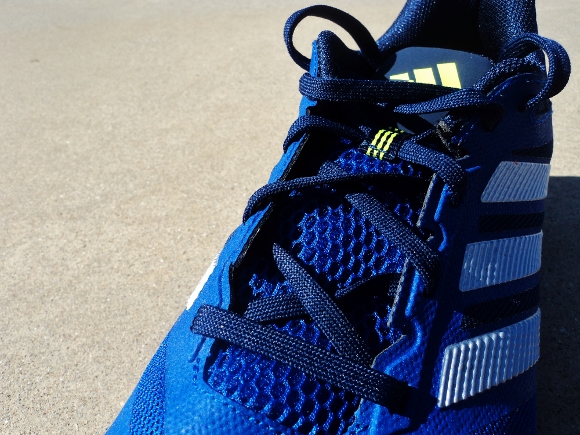
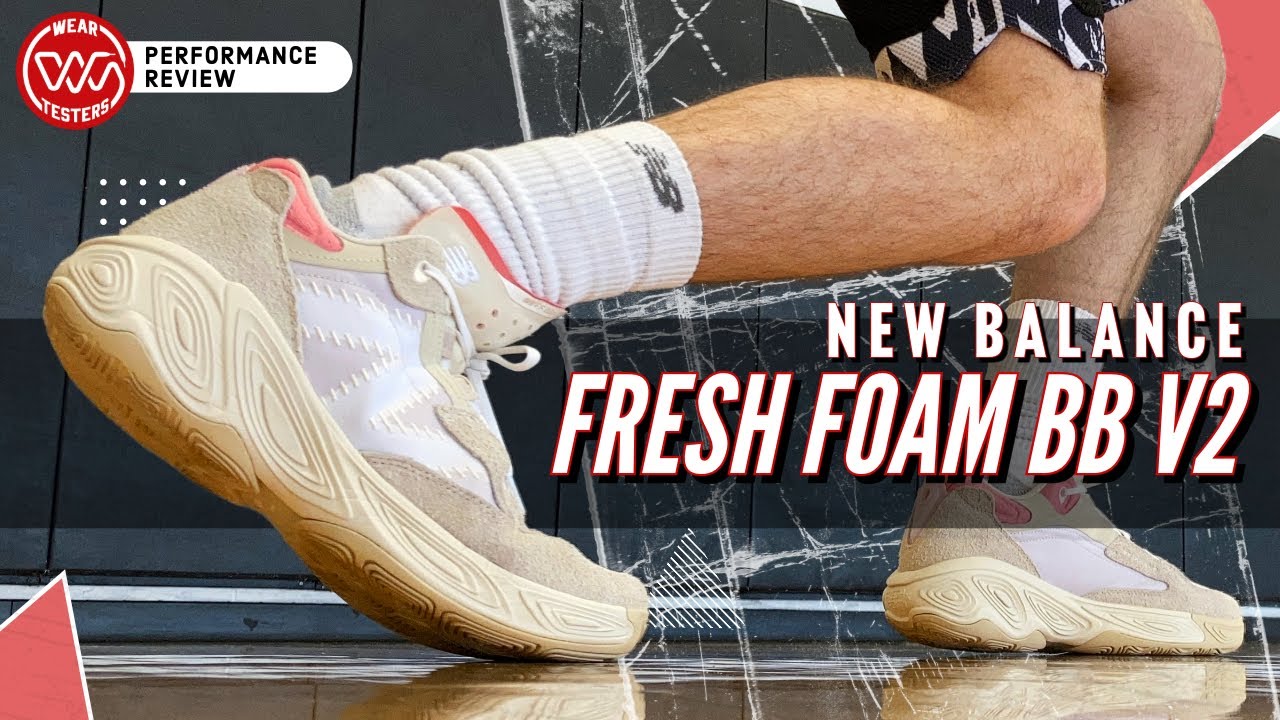
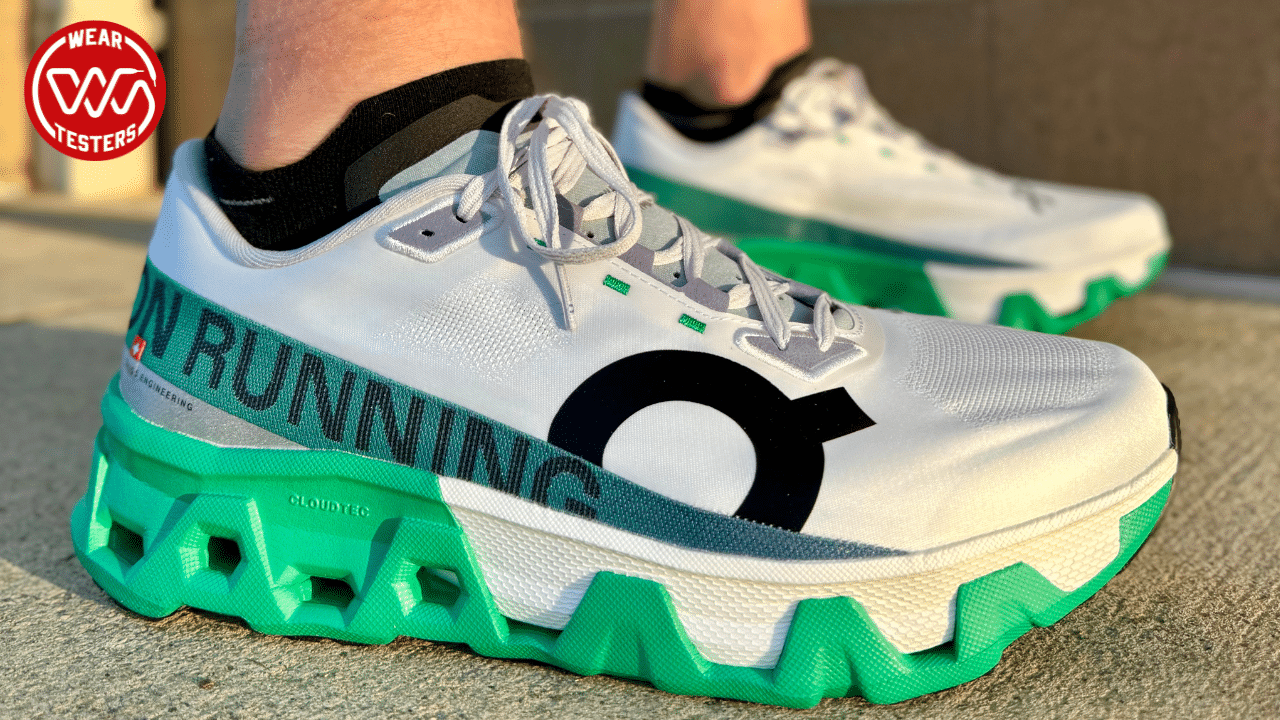
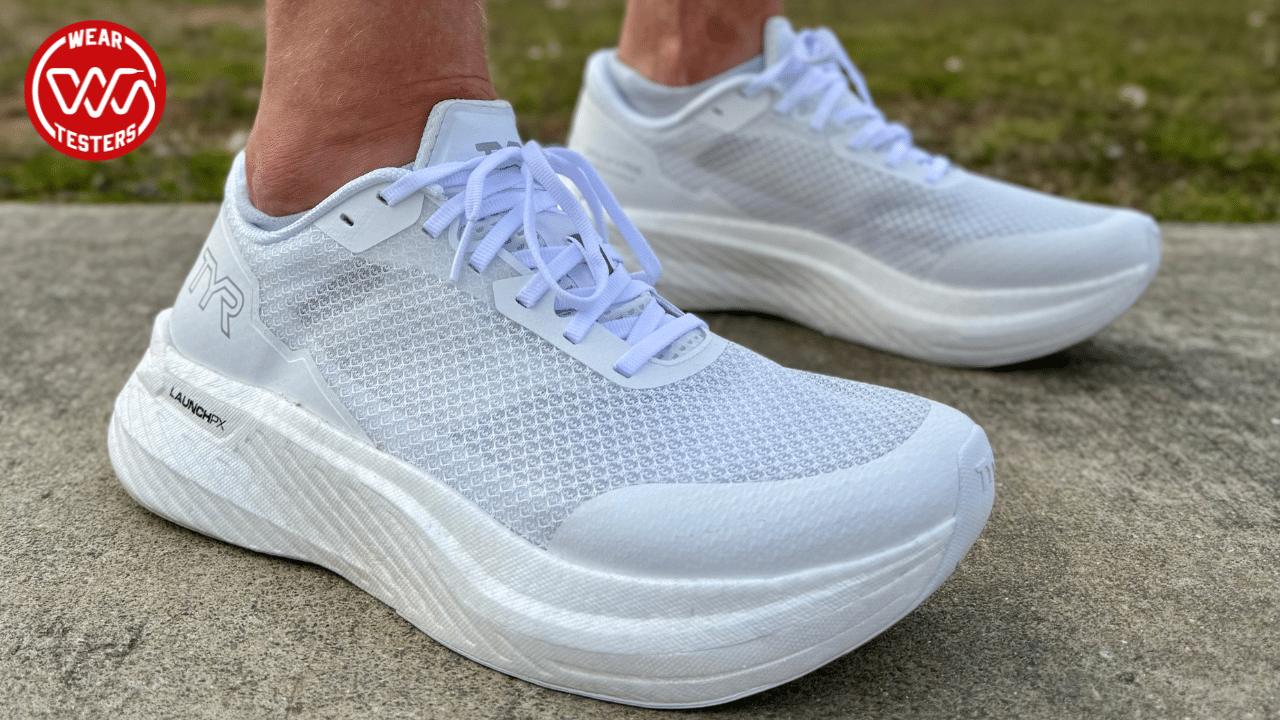
now if you can get those forefoot only blades from brazil………
I was always curious about the springblades but got the boost instead. Since this is your third pair, it must mean it works. So now I’m considering buying these. Very good performance review.
Third pair adidas has sent me. Not bought. Stick with Boost.
Nice review Duke. And I guess your above response sort of answers my question as well. You mention longevity in terms of the blades’ ability to not “bottom out” per se. But, in your opinion, how do these compare to Boost, in terms of how fatigued your legs feel after similar runs? Having never tried either myself, I’m curious (I use Mizuno’s Wave Rider 16).
Thanks & keep at it.
Take the foam out of the wave rider and you have Blades. They feel very much like a mizuno as far as response but they are stiffer on impact. Compared to Boost? Not close.
Makes sense. Thanks again.
Do these even sell,? I wonder why adi keeps on pushing with this.
How do the Springblades perform when running on a natural path like in a forest. Don’t small pieces get stuck in between the Springblades?
Why shoes make sound while movin?
Hi dear friend
How much was that model in 2015?